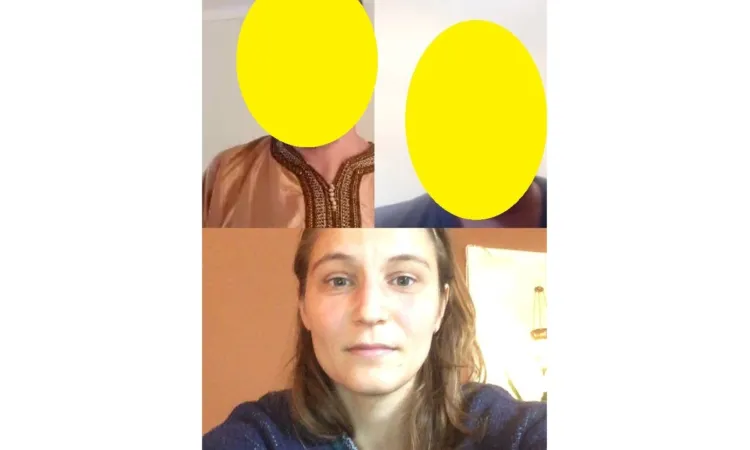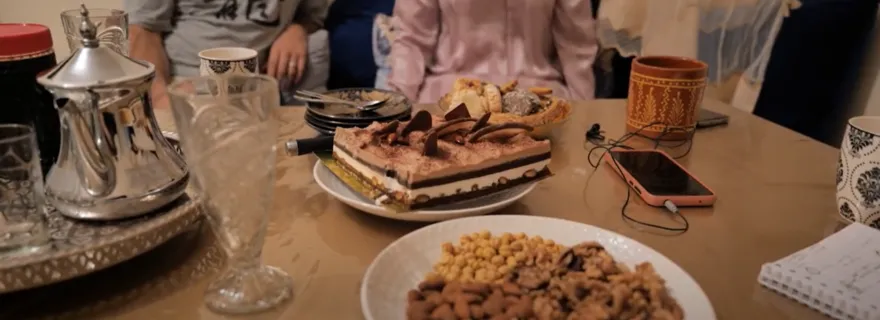Misinterpreted?
Researchers interpret the experiences shared by respondents and present them from their own perspectives. However, respondents may not always agree with how they are represented. How do you navigate such situations?"
"Why I want to be unrecognizable"
Khadija and Mansur are interested in participating in this audiovisual research project, but only if their faces are not visible on camera. They prefer to remain anonymous and do not want to be recognized by anyone. Although they know the Moroccan government may be watching, it is society’s judgment about their mixed union that they fear most, contrary to my expectation that their primary concern would be the authorities. This is just one example of the many times that I was surprised by the answers of respondents.
Interpretations
In qualitative research, researchers study how people construct reality: how do people understand themselves and the world around them. As a researcher in this project, I try to understand these subjective interpretations of respondents and place them in a socio-legal context. Therefore, I consider sharing findings with respondents not just an ethical responsibility, but a methodological necessity.
It is not uncommon for researchers to capture respondents’ experiences in words that the participants do not agree with. For example, after reading an interview summary, a respondent asked me to edit or delete various passages because that was not what she had said. Or sometimes it became clear during a follow-up interview that I had completely 'misunderstood' a respondent after I had mentioned what I had taken away from the previous conversation.

Photo taken by Judith van Uden of an online conversation.
Engagement
This emphasizes the need for continuous reflexivity and the recognition that researchers are never neutral transmitters of "authentic" stories, but always create meaning themselves. Therefore, I consider it not merely an ethical return, but methodologically essential to share findings with respondents. For this blog post, I actively involved both couples in the process: they had the opportunity to review the videos, provide feedback, and indicate whether they recognized the way they were presented. This is not just a way to verify the respondent’s input, but also an attempt to reduce power dynamics in academic research.


